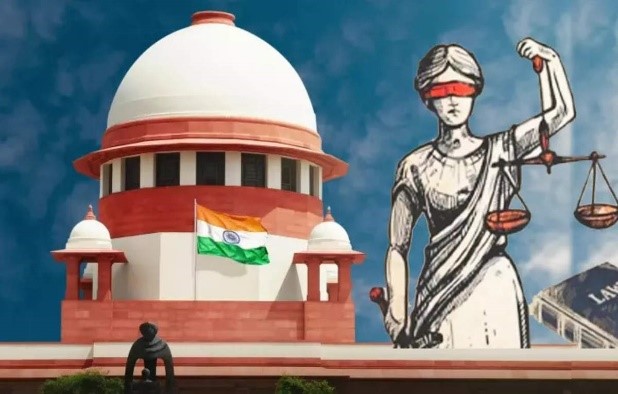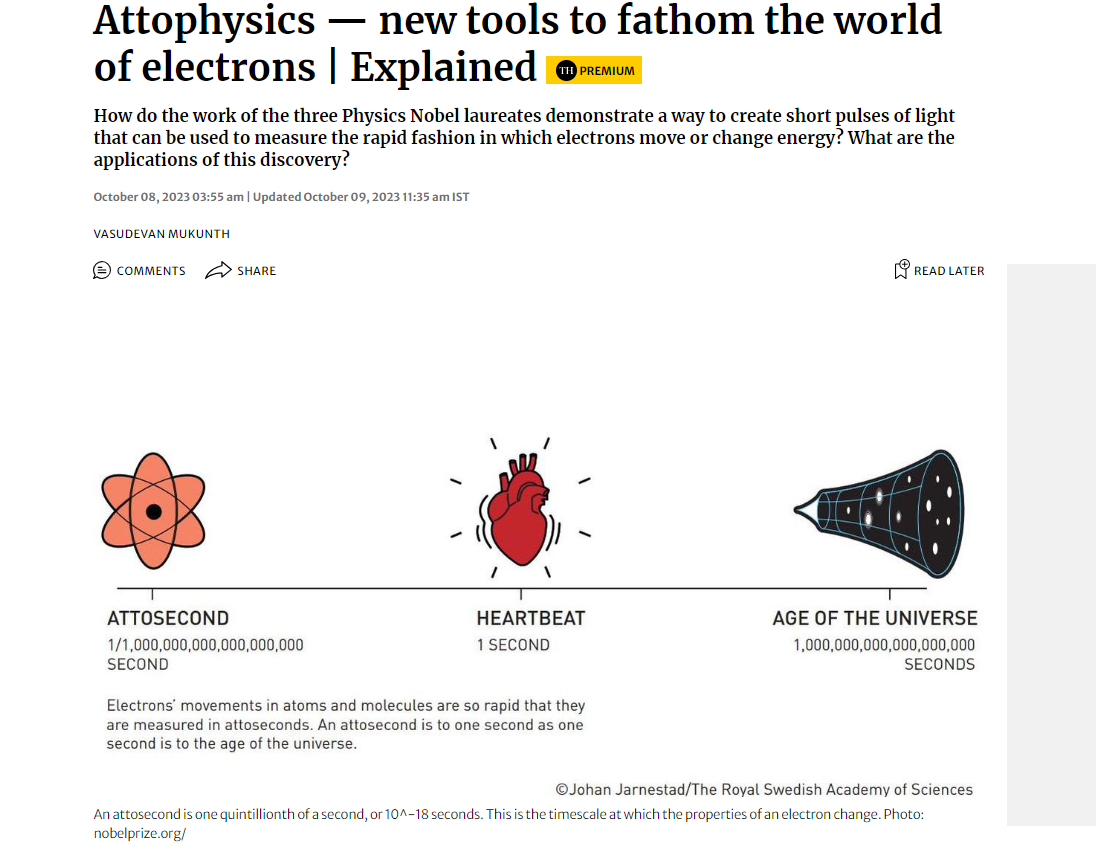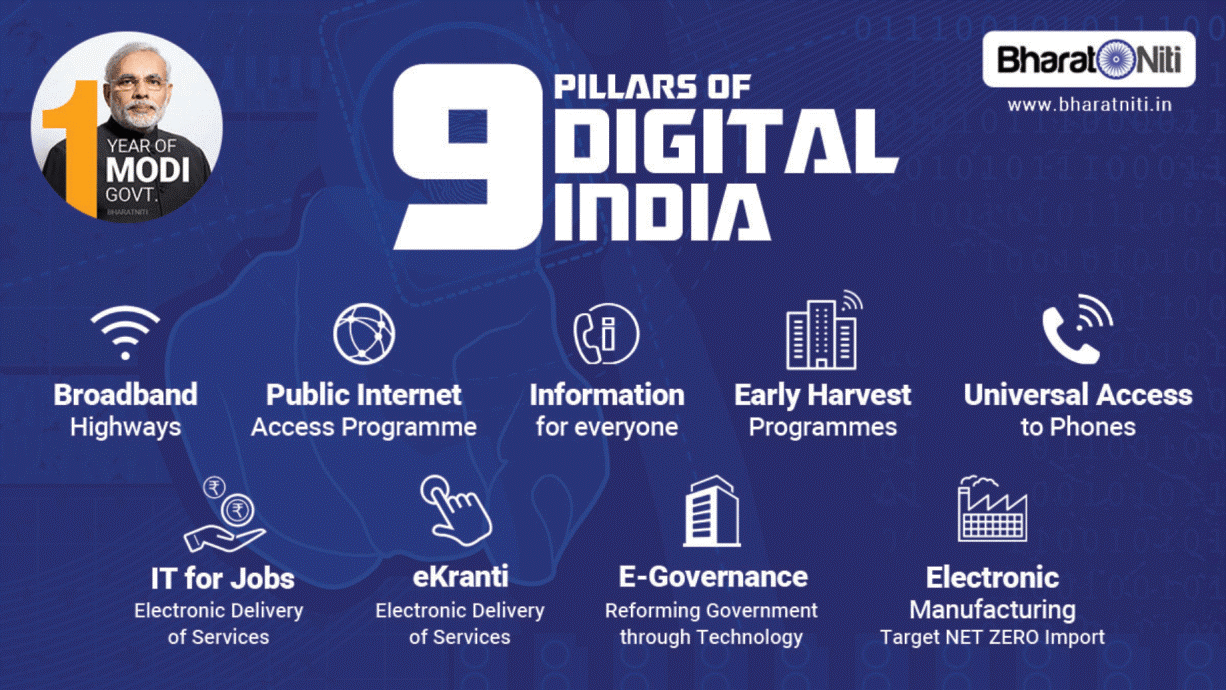The Effectiveness of Israel's Iron Dome in Countering Rocket Attacks
Introduction:
In the aftermath of a recent Hamas attack on Israel, the world bore witness to the remarkable efficacy of the Iron Dome, Israel’s cutting-edge air defense system designed to intercept rockets and missiles aimed at Israeli targets..
What is Iron Dome?
Hezbollah’s Rocket Attacks:
The genesis of the Iron Dome can be traced back to the 2006 Israeli-Lebanon war when Hezbollah unleashed a barrage of thousands of rockets into Israel, underscoring the urgent need for an effective defense mechanism.
Israel’s Response:
In response to this threat, Israel embarked on the development of an advanced air defense system in 2007, forging partnerships with Rafael Advance Systems and Israel Aerospace Industries. Their collaborative efforts led to the birth of the Iron Dome.
Deployment:
The Iron Dome officially became operational in 2011 and has since intercepted over 2,000 rockets. While it claims a success rate exceeding 90%, experts suggest the actual effectiveness hovers around 80%. This section delves into the system’s deployment and performance.
How does it work?
Integrated Systems:
The Iron Dome comprises three integral components that synergize to provide comprehensive protection. These components are the detection and tracking radar, the battle management and weapon control system (BMC), and the missile firing units.
Radar’s Role:
The detection and tracking radar play a pivotal role in identifying incoming threats, precisely tracking them to calculate their trajectory, while the BMC connects the radar to the interceptor missile.
Missile Firing Unit:
Once launched, the interceptor missile operates independently, homing in on small objects with pinpoint accuracy. It utilizes a proximity fuse, triggered within ten meters of the target, ensuring precise destruction.
Effectiveness and Deterrence
All-Weather Capability:
The Iron Dome operates seamlessly in diverse weather conditions, offering round-the-clock protection, thus bolstering its reliability and effectiveness.
Cost Considerations:
While each Iron Dome battery carries a substantial price tag of over $50 million, and the Tamir interceptor missile costs around $80,000 each, the true measure of cost-effectiveness lies in the lives saved and the boost in national morale.
Deterrence Factor:
Beyond its defensive capabilities, the Iron Dome serves as a formidable deterrent, dissuading adversaries from resorting to inexpensive rocket attacks and fostering national resilience in the face of rocket intimidation. This section highlights the strategic significance of the Iron Dome in deterring aggression.
Need for a Code of police investigation
Context
In a recent judgment, the Supreme Court (SC) underscored the critical necessity for a “consistent and dependable code of investigation” to prevent deficiencies in police probes that might lead to the acquittal of the guilty on technical grounds.
About the SC Judgment
- The SC drew inspiration from the recommendations of the Malimath Committee on Reforms of the Criminal Justice System.
- This committee report highlights the significance of achieving successful prosecution, which hinges on a thorough and meticulous quest for truth and the collection of evidence that is both admissible and probative.
- The ultimate goal is to avert lapses in police investigations that could result in the exoneration of the guilty based on technicalities.
Malimath Committee
The Committee on Reforms of the Criminal Justice System was established by the Government of India, Ministry of Home Affairs, with a mandate to contemplate measures for overhauling the Criminal Justice System.
The committee’s terms of reference encompassed various aspects:
- Examination of Fundamental Principles: The committee scrutinized the fundamental principles of criminal jurisprudence, including constitutional provisions, to assess whether any modifications or amendments were necessary.
- Revising Legal Codes: In light of their findings on fundamental principles, the committee explored the need to revise the Code of Criminal Procedure, the Indian Penal Code, and the Indian Evidence Act to align them with contemporary demands and the aspirations of the Indian populace.
- Simplifying Judicial Procedures: The committee made specific recommendations to streamline judicial procedures, making justice delivery more accessible, expedited, straightforward, and cost-effective for the common citizen.
- Enhancing Synergy: It suggested ways to foster synergy among the judiciary, prosecution, and police, thereby reinstating public trust in the Criminal Justice System by safeguarding the innocent, supporting victims, and rigorously punishing wrongdoers.
- Case Management: The committee examined the feasibility of implementing a professional approach to managing case pendency at both investigation and trial stages, with a focus on holding the Police, Prosecution, and Judiciary accountable for delays.
- Federal Crime Concept: Additionally, it explored the feasibility of introducing the concept of “Federal Crime” into the Seventh Schedule of the Constitution.
Why Reforms in Police Probe System Are Necessary
- The state’s responsibility to protect the life, liberty, and property of its citizens necessitates suitable preventive and punitive measures, which also serve the vital purpose of preventing private retribution and maintaining peace and order in society.
- When the rights of citizens are violated, it becomes the duty of the state to apprehend the wrongdoer, ensure a fair trial, and, if guilt is established, administer punishment.
- Effective substantive penal laws can only be realized when the procedural laws that enforce them are efficient.
Structure of the Criminal Justice System in India
The Indian Criminal Justice System comprises government agencies responsible for law enforcement, crime adjudication, and correctional processes.
It can be divided into four subsystems:
- Legislature (Parliament)
- Enforcement (Police)
- Adjudication (Courts)
- Corrections (Prisons, Community Facilities)
Role of Police in the Criminal Justice System
- Within the Indian criminal justice system, three pivotal entities—the police, the prosecution, and the judiciary—play distinct roles.
- The police’s activities are integral to the administration of justice in criminal cases and significantly influence the functioning of the entire criminal justice apparatus.
- They are typically the first to engage with victims, witnesses, and suspects, playing a crucial part in the identification of suspects and establishing guilt during trial.
Challenges Faced by Police
- Lack of Trust: There is a pervasive lack of trust in the police and investigative agencies, impeding their effectiveness and undermining the rule of law.
- Custodial Interrogation Constraints: The police face limitations in custodial interrogation time (restricted to 14 days) when dealing with suspects. Extending and enhancing intermittent interrogation rights could facilitate more thorough investigations.
- Evidence Preservation: Police often lose crucial evidence due to inadequate tools, witness reluctance, and indifference. A technological and legal solution is imperative to systematically preserve evidence, including digital storage and improved evidence management within the court system.
Atto-Physics: new tools to fathom the World of Electrons
Context:
The 2023 Nobel Prize in Physics was awarded to Anne L’Huillier, Pierre Agostini, and Ferenc Krausz for their groundbreaking contributions to the field of attosecond science.
Their work has enabled the study of electron dynamics in matter at an unprecedented timescale of one quintillionth of a second, or 10^-18 seconds.
What is Attosecond?
- Definition: An attosecond is an extremely brief unit of time, equivalent to one quintillionth of a second (10^-18 seconds). It represents the timescale at which electron properties undergo rapid changes.
- Attosecond Science: Attosecond science, also known as attophysics, revolves around the generation of ultra-short light pulses and their utilization to investigate rapid processes involving electrons.
Atto-Physics: The Science Behind It
- High-Harmonic Generation:One of the foundational discoveries in attophysics, led by Anne L’Huillier and her colleagues, was the observation that passing an infrared light beam through a noble gas resulted in emitted light with frequencies that were harmonics of the beam’s frequency. This phenomenon, termed high-harmonic generation, laid the groundwork for attosecond pulse generation.
- Wave Mechanics:The production of attosecond pulses is rooted in wave mechanics. The emitted light arises from electrons gaining and losing energy as they interact with oscillating electric and magnetic fields within the light beam.
- Constructive Interference:Attosecond pulses are generated through constructive interference when the peaks of different overtones merge. Conversely, destructive interference occurs when peaks align with troughs, leading to signal cancellation.
Producing Attosecond Pulses
- Interference Combinations: Researchers manipulate interference combinations of multiple overtones to generate attosecond pulses with durations lasting only a few hundred attoseconds.
- Precise Frequency Range: Attosecond pulses are produced when the beam’s frequency falls within a specific plateau range, as dictated by interference effects.
- Measuring Attosecond Pulses: RABBIT Technique
Pierre Agostini and his colleagues developed the RABBIT (Reconstruction of Attosecond Beating by Interference of Two-photon Transitions) technique.
It involves measuring electrons ejected from noble gas atoms by attosecond pulses and a longer-duration pulse, providing insights into pulse properties, including duration.
Applications of Attophysics
Solar Power Enhancement: Attosecond studies have refined our understanding of the photoelectric effect, a fundamental process in solar power generation. Insights gained from atto-physics could potentially lead to advancements in solar technologies.
- Electron-Dependent Fields: Attophysics has a significant impact on various scientific disciplines where electron properties play a pivotal role, spanning across physics, chemistry, and biology. By studying electron behavior at attosecond timescales, researchers can unlock new possibilities and applications in these fields.
Explained: https://www.youtube.com/watch?v=Xvb6vysV5Pg
India’s Digital Future: The Implications of the Digital India Act 2023
Challenges and Concerns
- Impact on Innovation: Stricter regulations, especially in emerging technologies, might discourage entrepreneurial initiatives and deter foreign investments.
- Freedom of Expression: The review of the “safe harbour” principle may lead to cautious behavior among online platforms, potentially affecting freedom of expression.
- Enforcement Challenges: Effective enforcement will necessitate substantial resources, expertise, and infrastructure, and striking a balance among various stakeholders presents a formidable challenge.
Conclusion
The Digital India Act 2023 signifies a forward-looking stride toward a secure, accountable, and innovative digital future for India. It recognizes the dynamic nature of the digital age and holds the potential to shape the nation’s digital landscape for generations to come.
As consultations and discussions continue, vigilance and adaptability will be indispensable to mitigate unintended consequences and ensure a balanced approach to digital regulation.
Children Displaced by Changing Climate Report
Introduction:
A recent report titled “Children displaced in a changing climate: Preparing for a future already underway,” released by the United Nations Children’s Fund (UNICEF), sheds light on the dire consequences of climate change on children, specifically focusing on weather-related hazards.
Child Displacements Overview:
- Over a six-year period, there were a staggering 43.1 million internal displacements of children linked to weather-related disasters, equivalent to approximately 20,000 child displacements per day.
- An overwhelming 95% of these recorded child displacements were driven by floods and storms.
Recommendations for Action:
- The report calls on governments, donors, development partners, and the private sector to take immediate action to protect children and young people at risk of future displacement.
- Key recommendations include ensuring child-critical services are shock-responsive, portable, and inclusive, as well as improving the adaptive capacities, resilience, and participation of children in a climate-changed world.
Weather-Related Hazards and Impact:
- Floods: The top 10 countries with the most child displacements triggered by floods from 2016 to 2021 include Bangladesh, China, Ethiopia, India, Indonesia, Nigeria, Philippines, Somalia, South Sudan, and Sudan.
- Storms: The top 10 countries with the most child displacements triggered by storms from 2016 to 2021 include Bangladesh, China, Cuba, Honduras, India, Madagascar, Mozambique, Philippines, the United States, and Viet Nam.
- Drought: Droughts develop slowly and are challenging to detect early. The top 10 countries with the most child displacements triggered by droughts from 2017 to 2021 include Afghanistan, Angola, Brazil, Burundi, Ethiopia, India, Iraq, Madagascar, Somalia, and South Sudan.
- Wildfires: Wildfires, often ignited by lightning or human actions, led to child displacements in countries like Australia, Canada, China, France, Greece, Israel, Spain, Syria, Turkey, and the United States.
Impact and Vulnerable Regions:
- Floods and storms accounted for 95% of recorded child displacements between 2016 and 2021, severely affecting children’s education, access to vaccines, and social networks.
- China, the Philippines, and India witnessed a significant number of child displacements due to their geographical vulnerability and large child populations.
- Vulnerable regions, including small Caribbean islands and the Horn of Africa, faced substantial child displacements, further exacerbated by climate crises and overlapping challenges.
The Climate Crisis Connection:
- The report emphasizes the role of climate change in intensifying extreme weather events, making them more destructive and unpredictable.
- Climate-related disasters, the fastest-growing driver of child displacement, are often overlooked in climate policies and discussions.
Hidden Dangers and Future Outlook:
- Slow-onset climate impacts like rising sea levels, desertification, and increasing temperatures are underreported.
- Urgent action is required to address the impending crisis, with riverine floods posing the most significant future risk, potentially displacing 96 million children over the next 30 years.
Phasing out fossil fuels is highlighted as a critical step in mitigating the climate crisis and protecting children from displacement.
WATERMEAL
About Watermeal:
- Watermeal, a Tiny Aquatic Marvel
- Watermeal, a remarkable aquatic plant belonging to the Araceae family, has earned a unique place in the natural world for its extraordinary characteristics.
- Often referred to as “duckweed” due to its popularity as a staple food source for ducks, Watermeal thrives in a wide range of climate zones, encompassing temperate, sub-tropical, and tropical regions.
- This extraordinary plant primarily inhabits the surfaces of lakes, ponds, and marshes, playing a vital role in the ecosystem.
- Physical Features:
- Watermeal is a true marvel of nature when it comes to its physical features.
- Measuring less than a mere 1 millimeter in size, this minuscule plant boasts a distinctive light green hue.
- One of its most fascinating characteristics is its rootless and free-floating nature, allowing it to effortlessly navigate aquatic environments.
- Nutritional Value:
- Despite its diminutive size, Watermeal packs a nutritional punch. It is classified as a complete protein, containing all nine essential amino acids essential for human health.
This remarkable attribute makes Watermeal a noteworthy addition to the world of aquatic flora, offering valuable nutrients to both wildlife and ecosystems alike.
The National Framework for Climate Services (NFCS)
- Context:
- India is embarking on a significant initiative to establish its inaugural national-level framework for providing climate services and information.
- This framework aims to create a unified platform for users of climate-related information and services, facilitating decision-making and climate risk mitigation in critical sectors such as agriculture, energy, disaster management, health, and water resources.
- This endeavor draws inspiration from the Global Framework for Climate Services (GFCS), a global coalition of governments and organizations committed to enhancing the production and utilization of climate information and services to inform long-term decision-making.
- About the Framework
- The national climate services framework will be customized to suit India’s specific weather conditions and stakeholder requirements.
- The Indian Meteorological Department (IMD) will serve as the central agency responsible for formulating and implementing this framework.
- In addition to the primary focus sectors, India may incorporate other relevant domains like transportation, tourism, and emerging sectors as needed.
- The National Framework for Climate Services (NFCS) is designed to bridge operational gaps among various agencies that rely on climate services, including hydrology, power generation, renewable energy, transportation, dam management, irrigation, and health agencies at the central, state, and local levels.
- India’s initiative aligns with similar efforts in countries such as Cuba, Ghana, Liberia, Malawi, Nigeria, Rwanda, Sierra Leone, the Democratic Republic of Congo, Congo Brazzaville, and Ethiopia, all of which are planning NFCS-related national consultation workshops.
- Need for the Framework
- The establishment of this framework is driven by several imperatives.
- It is essential to compile comprehensive climatological data encompassing all meteorological parameters to enhance climate predictions.
- Moreover, integrating weather and climate services is crucial for improving preparedness and adaptation to changing climatic conditions.
- Global Framework for Climate Services (GFCS)
- The idea of establishing the GFCS was first introduced during the third World Climate Conference in Geneva in 2009.
- The GFCS aims to generate high-quality data from national and international databases, encompassing temperature, precipitation, wind patterns, soil moisture, oceanic conditions, and other vital meteorological parameters.
- The ultimate goal is to create long-term historical averages, maps, risk and vulnerability assessments, as well as long-term projections and scenarios.
- The NMHS (National Meteorological and Hydrological Services) in respective nations spearheads this framework, fostering active collaboration among policymakers, planners, investors, and vulnerable communities or sectors.
- These stakeholders require climate information and services in a user-friendly format to prepare for anticipated trends and long-term changes.
- The GFCS consists of five major components: Observations and Monitoring, Research, Modelling and Prediction, Climate Services Information System, User Interface Platform, and Capacity Building.
- Currently, the GFCS prioritizes agriculture and food security, energy, health, water resources, and disaster risk reduction as its core focus sectors.
- Notably, Benin, Burkina Faso, Cameroon, Cote d’Ivoire, Gambia, Guinea, Madagascar, Moldova, Niger, Senegal, Chad, Togo, Tanzania, Vanuatu, and South Africa have made significant progress in implementing NFCS initiatives.
- Indian Meteorological Department (IMD)
- Founded in 1875, the Indian Meteorological Department (IMD) serves as the National Meteorological Service of India and holds primary responsibility for meteorological and allied subjects within the government.
- IMD issues daily weather forecasts and seasonal predictions for winter, summer, and monsoon seasons.
- The Director General of Meteorology leads IMD, and there are six Regional Meteorological Centers, each supervised by a Deputy Director General, with headquarters located in Mumbai, Chennai, New Delhi, Kolkata, Nagpur, and Guwahati.
IMD operates from its headquarters in New Delhi and falls under the purview of the Ministry of Earth Sciences (MoES).










